Throughout the ages, Belize has transformed into a mesmerizing travel destination that captivates travelers with its exceptional blend of cultural richness and breathtaking natural beauty. Visitors will immerse themselves in a vibrant nation where English is the official language, yet a fascinating variety of languages thrives, including Creole, Spanish, and Mayan languages. Your adventure will reveal a compelling historical backdrop that intertwines the legacies of ancient Mayan civilizations, the enduring influences of British colonialism, and a lively contemporary culture. Belize also boasts remarkable ecological diversity, home to unique ecosystems like the world’s second-largest barrier reef and lush tropical rainforests rich with endangered species. With its diverse linguistic environment and extraordinary environmental treasures, Belize offers a one-of-a-kind journey through an exceptional Central American experience.
Dive into the Fascinating World of Language Diversity in Belize
Belize is characterized by a vibrant tapestry of linguistic diversity, presenting a striking multilingual landscape that reflects its rich cultural heritage. This nation is a melting pot of languages, where multiple dialects coexist harmoniously, creating an engaging and dynamic communication experience throughout this lively Central American region. The diversity of languages not only enhances personal interactions but also enriches the cultural fabric of Belize, inviting you to connect with its various communities and explore their unique ways of life.
Exploring the Significance of English in Belizean Culture
At the core of Belize's linguistic variety lies English as the official language, a legacy rooted in the nation’s British colonial past. You will find English widely spoken in government, education, and media, serving as a unifying force among Belize’s diverse population. The prevalence of English facilitates communication among different ethnic groups, fostering a shared understanding that bridges cultural divides and promotes a sense of national identity. This prominence makes Belize more appealing to international tourists, providing a welcoming atmosphere for visitors from around the globe.
Examining the Role of Spanish in Belizean Society
The linguistic landscape in Belize also prominently features Spanish, predominantly spoken by Hispanic communities and immigrants from neighboring regions. You will notice the significant presence of Spanish speakers, particularly in urban centers and border areas. As the second most commonly spoken language, Spanish plays a vital role in connecting Belize to its Central American neighbors, enhancing cultural exchanges and fostering cross-border interactions. This linguistic presence adds richness to the cultural tapestry, allowing for a fusion of traditions and practices that echo the historical ties of the region.
Understanding the Unique Characteristics of Belizean Creole
Belizean Kriol, often referred to as Spanish Creole, embodies a distinct linguistic fusion that resonates throughout the country. This language has emerged from historical interactions between African and European communities, encapsulating the essence of Belize's multicultural heritage. Creole serves as a primary mode of communication for many Belizeans, reflecting the vibrant cultural exchanges that shape the nation’s identity. It is a lively and expressive language that conveys the rich historical narratives and experiences of Belize's diverse communities, enriching the cultural dialogue within the nation.
Uncovering the Garifuna Language and Its Cultural Significance
Delving deeper into Belize's linguistic diversity, Garifuna stands out as an intriguing language community. This Arawakan language is spoken by indigenous groups along the southern coast, carrying immense cultural significance and representing the resilience of Afro-indigenous populations. You will discover how the Garifuna language preserves unique traditions, songs, and historical accounts that contribute to the vibrant societal tapestry of Belize. The cultural expressions of the Garifuna people, including their captivating music and dance, further enrich the nation’s diverse cultural landscape, inviting you to experience the depth of their heritage.
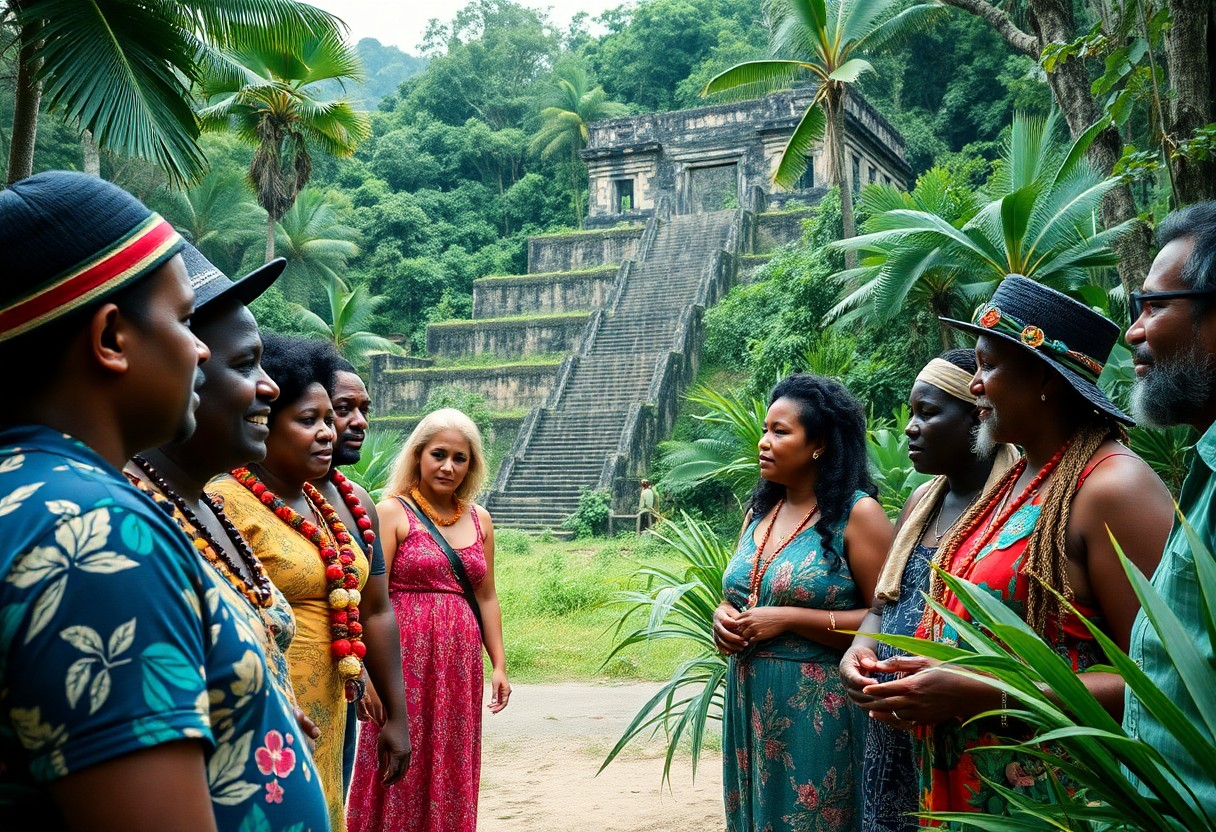
Examining the Impact of Colonial History on Belize's Path to Independence
Belize’s colonial past is a complex tale woven from European influences and indigenous resilience. Initially claimed by Spain, the area was significantly influenced by British settlers, who established logging settlements that led to the transformation of Belize into a strategic outpost. These British colonizers laid the groundwork for economic systems centered on timber extraction, ultimately resulting in the formal establishment of British Honduras as a colony in 1862. This historical context is essential for understanding the socio-political dynamics that shaped Belize's modern identity.
Investigating the Historical Context of British Honduras
During its time as British Honduras, Belize underwent a unique blend of cultural interactions that were pivotal in defining its identity. You would observe the coexistence of British settlers alongside Mayan</b populations, descendants of African slaves, and various other ethnic groups. The colonial period ushered in significant demographic changes, with economic activities shifting from logging to agriculture, resulting in a diverse social fabric. This rich history enhances your understanding of contemporary Belizean identity, reflecting a mosaic of cultural narratives that continue to coexist within the nation.
Tracing the Journey Towards Independence and Sovereignty
Belize's journey to independence was marked by political movements and diplomatic negotiations during the mid-20th century. You will gain insight into how key political leaders, such as George Price, navigated intricate international relationships, particularly with Guatemala, which laid territorial claims on Belizean land. The path to independence was fraught with challenges, involving delicate negotiations with both the British government and neighboring nations. Achieving independence on September 21, 1981, marked a peaceful transition from over a century of British colonial rule, underscoring the strategic diplomacy and national resolve that characterized Belize's emergence as a sovereign nation.
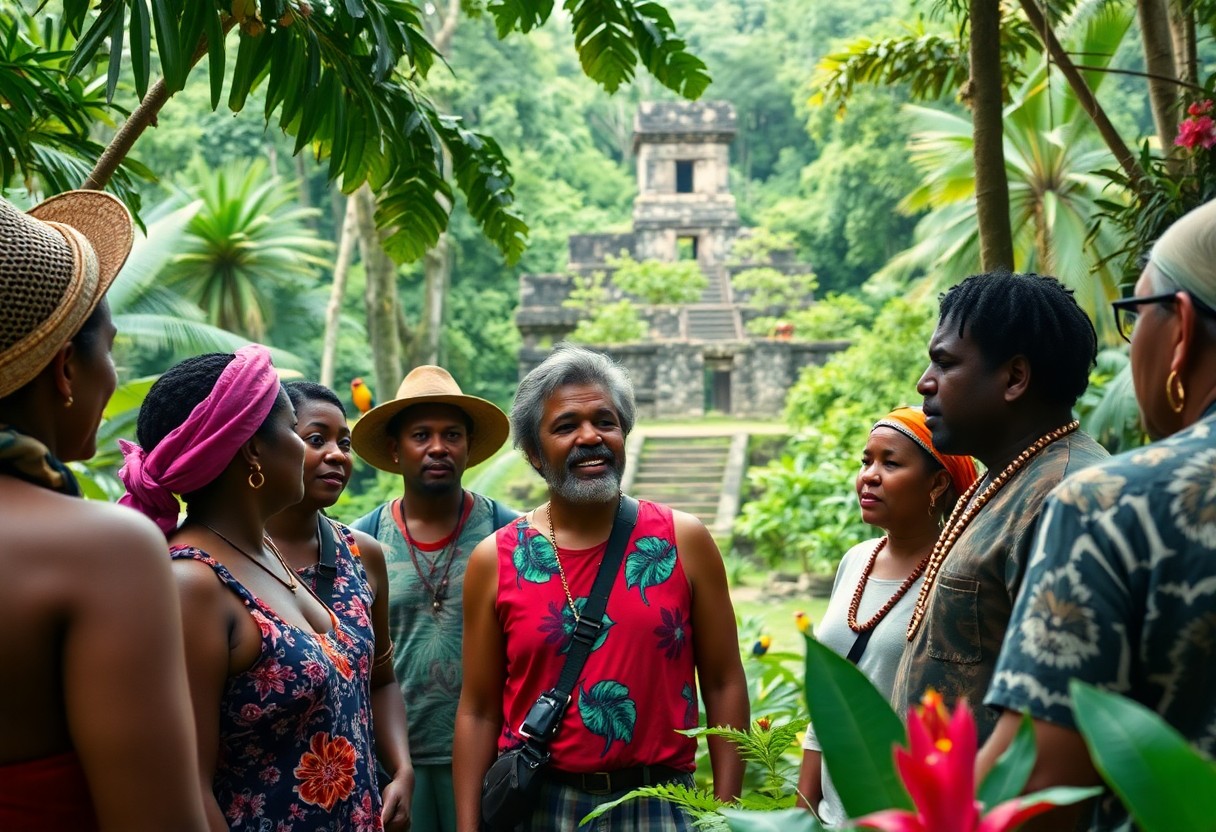
Exploring Belize's Extraordinary Ecosystems and Biodiversity
Belize is a treasure trove of ecological diversity, showcasing an astonishing array of natural environments that are unparalleled in the world. The geographical location of Belize creates a remarkable convergence of ecosystems, ranging from coastal marine environments to lush tropical forests. You will discover stunning landscapes that integrate Caribbean marine habitats with vibrant inland terrains, offering an unforgettable ecological experience that positions Belize as a global biodiversity hotspot. This unique combination of environments invites exploration and a deeper appreciation of the intricate beauty found in nature.
Discovering the Marvels of Coral Reefs
As you navigate Belize’s coastline, you will be struck by the breathtaking second-largest barrier reef system in the world, stretching approximately 300 kilometers. This magnificent marine ecosystem is home to a dazzling array of coral formations, providing habitats for thousands of marine species. Your underwater explorations will unveil vibrant coral gardens, intricate underwater landscapes, and a complex marine environment that is vital for ecological balance and sustainability. Protecting this reef system is essential for maintaining marine health and promoting responsible tourism practices.
Diving into the Richness of Tropical Rainforests
In the heart of Belize, tropical rainforests cover nearly 60% of the country’s land area. You will be enveloped by lush, green landscapes brimming with exotic flora and fauna. These forests represent a crucial ecological zone, serving as a sanctuary for numerous endangered species while playing an essential role in environmental processes. To fully appreciate Belize's rainforests, it’s important to understand their intricate ecological structure. These multilayered ecosystems contain a variety of vegetation layers, from the forest floor to the canopy. You will uncover the complex relationships between plants, insects, mammals, and microorganisms that create a delicate web of life, illustrating the invaluable role that rainforests play in climate regulation and resource provision.
Exploring the Diverse Wildlife of Belize
The confluence of reefs and forests creates an extraordinary wildlife sanctuary where you will encounter a remarkable diversity of species. Belize is home to over 500 bird species, numerous mammals, and an impressive array of reptiles and amphibians. Your journey through these varied ecosystems will reveal a living museum of biodiversity. However, Belize’s wildlife represents more than just a tally of species; these ecosystems are vital to global conservation efforts. You will find endangered species such as jaguars, howler monkeys, and marine mammals taking refuge in these protected habitats. The complex interplay of predator-prey relationships, migratory patterns, and habitat conservation positions Belize as a leading model for ecological preservation and biodiversity management.
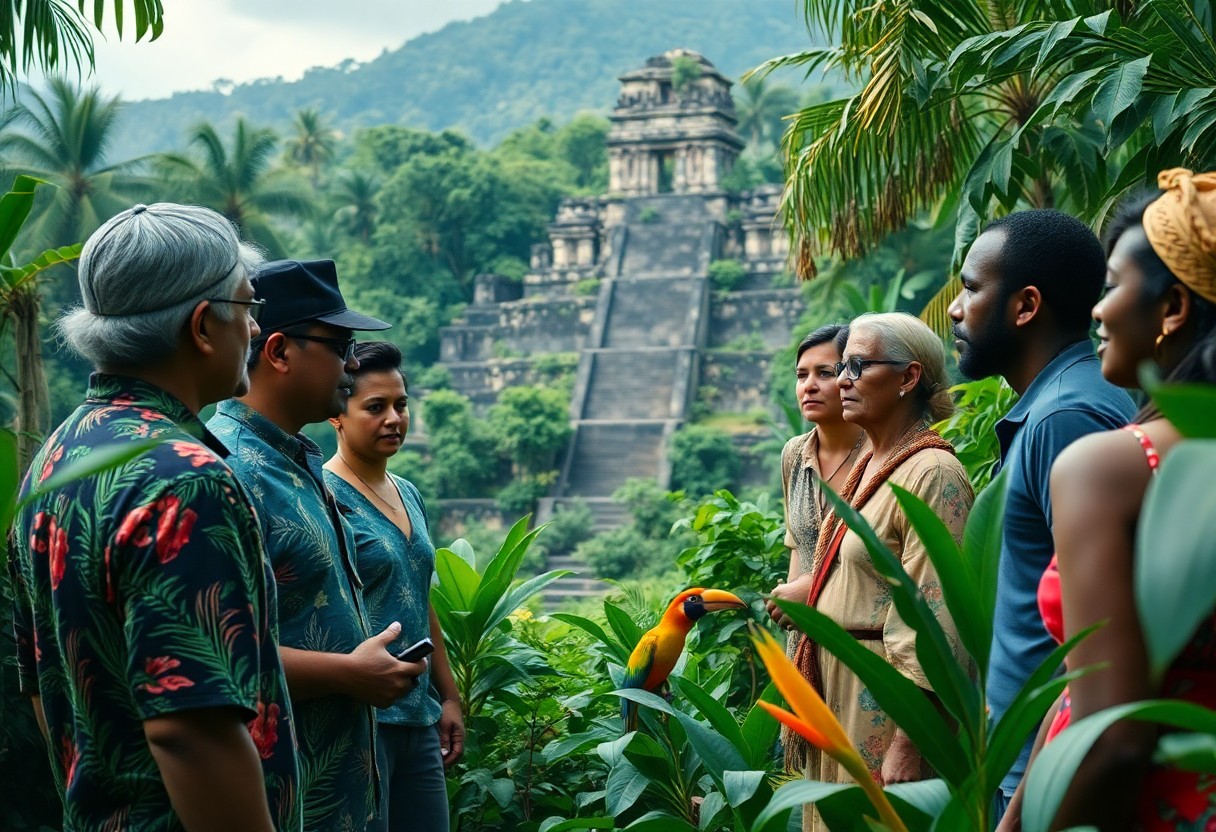
Celebrating the Vibrant Cultural Mosaic of Belize
Despite its modest size, Belize showcases a dynamic tapestry of ethnic diversity, featuring a remarkable blend of cultures, including Creole, Garifuna, Maya, Mestizo, and European descendants. You can explore a society where multiple languages coexist and traditions intertwine, crafting a unique national identity that celebrates diversity while fostering social cohesion. This multicultural landscape offers you an extraordinary glimpse into how diverse communities can coexist and thrive together, enriching the national narrative and contributing to the overall cultural vibrancy of Belize.
Participating in Belize's Colorful Multicultural Festivals
Visitors to Belize will be enchanted by the vibrant and lively festivals that showcase the nation’s rich cultural heritage. You’ll experience events like Garifuna Settlement Day, where traditional music, dance, and historical reenactments bring communities together in a spectacular celebration of cultural pride and unity. These festivals not only provide entertainment but also serve as vital platforms for preserving cultural traditions, allowing both locals and tourists to engage with Belize's vibrant cultural identity.
Sampling the Unique Flavors of Belizean Cuisine
The culinary scene in Belize reflects its multicultural origins, offering you a delicious fusion of flavors from various ethnic traditions. You will discover dishes that blend Maya, Creole, Caribbean, and Central American influences, resulting in a unique gastronomic experience that excites your palate. A deeper exploration of Belizean cuisine reveals extraordinary culinary traditions that are truly distinctive. You’ll encounter dishes such as gibnut (a local game meat), rice and beans served with stewed chicken, and seafood specialties that highlight the country’s diverse cultural influences. Each dish tells a story of migration, adaptation, and cultural exchange, enriching your culinary adventure.
Experiencing the Dynamic Rhythms of Belizean Music
Above all, Belizean music embodies a vibrant expression of cultural fusion. You’ll be immersed in rhythms that blend Caribbean, African, and Latin American influences, creating a distinctive soundscape that reflects the nation’s diverse heritage. For instance, you’ll be captivated by the rich musical traditions of Belize, which include genres like Punta, Brukdown, and Reggae. These musical styles not only provide entertainment but also play a crucial role in preserving cultural memories and narratives, serving as powerful mediums for cultural expression and identity in Belize.
Unveiling Belize's Alluring Tourism and Natural Wonders
Countless travelers are enticed by Belize for its remarkable blend of natural beauty and cultural richness. You’ll uncover a destination that offers unrivaled tourism experiences, ranging from pristine Caribbean coastlines to lush tropical rainforests. The diverse landscapes provide visitors with unique opportunities to explore ancient Mayan ruins, vibrant marine ecosystems, and breathtaking national parks that showcase Belize’s stunning biodiversity. This combination of natural and cultural attractions solidifies Belize as a must-visit destination for adventure seekers and cultural enthusiasts alike.
Experiencing Adventure Tourism in Belize
Tourism in Belize transforms the dreams of adventure enthusiasts into reality. You can traverse world-class cave systems, navigate challenging jungle trails, and indulge in exhilarating activities such as zip-lining, river kayaking, and mountain biking. The diverse topography of Belize guarantees heart-pounding experiences that push your limits while immersing you in breathtaking natural settings. Each adventure not only offers excitement but also fosters a deeper connection with Belize’s captivating landscapes and rich ecosystems.
Embracing Eco-Tourism for Sustainable Travel
Across Belize, eco-tourism represents a sustainable approach to exploring the nation’s extraordinary environmental treasures. You’ll encounter thoughtfully managed conservation areas that protect rare wildlife and preserve delicate ecosystems, offering immersive experiences that connect you directly with nature’s intricate systems. With a strong commitment to environmental preservation, Belize stands as a global leader in sustainable tourism. You’ll discover numerous protected areas, such as the Cockscomb Basin Wildlife Sanctuary, which provide exceptional opportunities to observe diverse wildlife, including jaguars, tropical birds, and unique plant species. The country's dedication to maintaining ecological balance ensures that your visit supports conservation initiatives while delivering unforgettable, responsible travel experiences.
Confronting Challenges and Promoting Preservation Efforts
Despite its breathtaking natural landscapes, Belize faces significant challenges that threaten its ecological and cultural integrity. Environmental degradation, economic pressures, and global climate change pose serious risks to the nation's fragile ecosystems and social structures. You will find that these challenges require strategic, comprehensive approaches to safeguard and sustain Belize’s unique natural and cultural heritage. Ongoing efforts to address these issues are crucial for the future well-being of Belize and its people.
Identifying Environmental Threats to Biodiversity
The preservation of Belize’s biodiversity has become increasingly complex. Deforestation, coral reef bleaching, and rising sea levels directly affect your understanding of the country’s environmental vulnerabilities. It is essential to recognize that these threats endanger not only wildlife but also the overall ecological balance of this remarkable nation. Acknowledging these challenges is critical for developing effective conservation strategies that ensure the survival of Belize’s unique ecosystems.
Safeguarding Cultural Heritage in a Globalized Context
For Belize, preserving cultural diversity is a delicate balancing act. Indigenous languages, traditional practices, and multicultural identities face the risk of erosion in an increasingly globalized world. You will observe how communities strive to uphold their unique heritage against the pressures of modernization. Cultural preservation, however, extends beyond mere conservation. Active community engagement, educational programs, and intergenerational knowledge transfer are essential strategies you’ll witness in action. Young Belizeans are becoming champions of their own cultural narratives, documenting languages, reviving traditional crafts, and celebrating the rich tapestry of their multiethnic society. This proactive approach ensures cultural continuity while allowing for dynamic contemporary expressions of identity.
Experience the Unique Richness of Belize: A Travel Destination Like No Other
Ultimately, you will find that Belize stands as an extraordinary destination where linguistic diversity, rich historical narratives, and stunning ecological landscapes converge. You can appreciate how its unique blend of English, Spanish, Kriol, and Mayan languages reflects its complex cultural heritage. Your exploration of Belize reveals a country where ancient Mayan civilizations intersect with colonial influences and dynamic modern identities. As you delve into Belize’s biodiversity, you will uncover an ecological treasure trove featuring pristine rainforests, coral reefs, and an impressive variety of wildlife, making this small nation a global conservation gem. Understanding Belize means recognizing its remarkable capacity to preserve cultural complexity while maintaining ecological integrity, inviting you to experience the magic of this unique Central American paradise.
Your Questions Answered: Frequently Asked Questions about Belize
Q: What makes Belize's linguistic features stand out compared to other Central American nations?
A: Belize is unique as it is the only English-speaking nation in Central America, with English serving as the official language. While Spanish, Kriol, and Mayan languages are also prevalent, English reflects the country’s historical ties to British colonial heritage. This linguistic distinction facilitates international communication and sets Belize apart from its neighboring Spanish-speaking countries.
Q: How does Belize's historical trajectory differ from other countries in the region?
A: Belize's history is distinctive as it was the sole British colony in Central America, gaining independence in 1981. Unlike its neighbors, Belize experienced a peaceful transition from British rule, maintaining a democratic governance framework. The country’s multicultural composition, including Creole, Garifuna, Maya, and Mestizo populations, creates a rich and diverse social landscape that differentiates it from other regional nations.
Q: Why is Belize's biodiversity considered significant on a global scale?
A: Belize boasts remarkable ecological diversity, with approximately 60% of its land area designated as protected wilderness. The Belize Barrier Reef, the second-largest coral reef system worldwide, supports an incredible range of marine biodiversity. Additionally, the country’s rainforests are home to numerous endangered species, such as jaguars, howler monkeys, and countless tropical birds, making it a global hotspot for conservation and ecological research.
The Article What Makes Belize Unique? Language, History, and Biodiversity appeared first on Belize Travel Guide
The Article Belize’s Unique Language, History, and Biodiversity Explained Was Found On https://limitsofstrategy.com
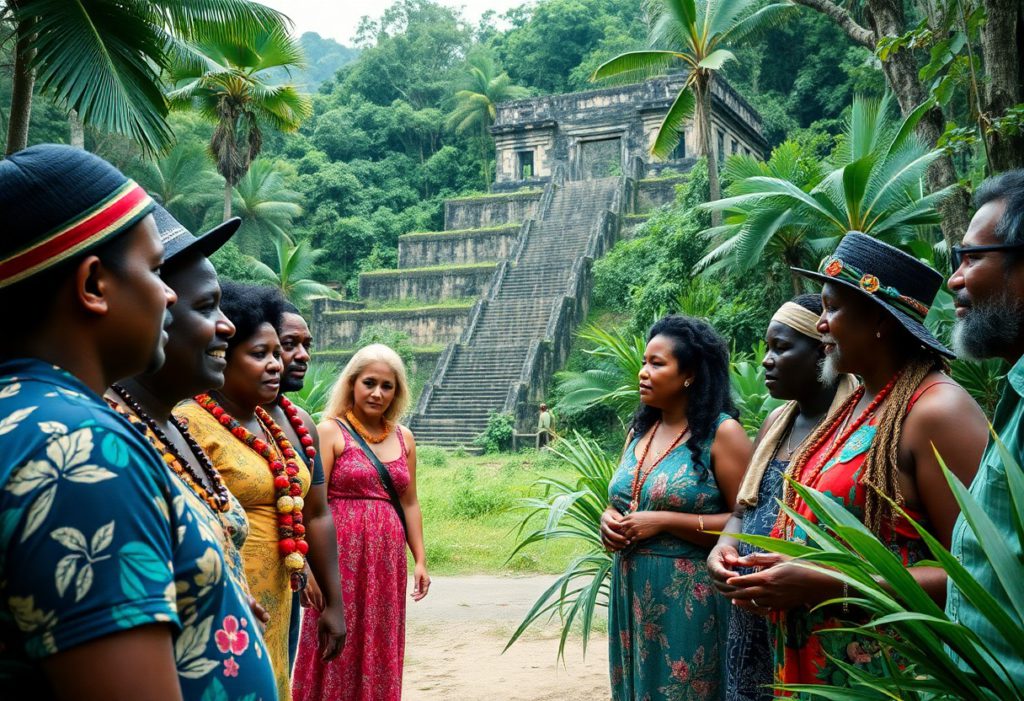
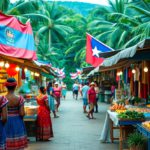

Your exploration of Belize’s cultural and linguistic diversity truly resonates with me. It’s fascinating how a place can embody such a rich tapestry of history and modernity, especially with its mixture of languages. I remember visiting a small village in Belize where I could hear the melodic sounds of Maya languages intertwined with Spanish and English. It was like a living museum, where each conversation seemed to carry stories from the past.